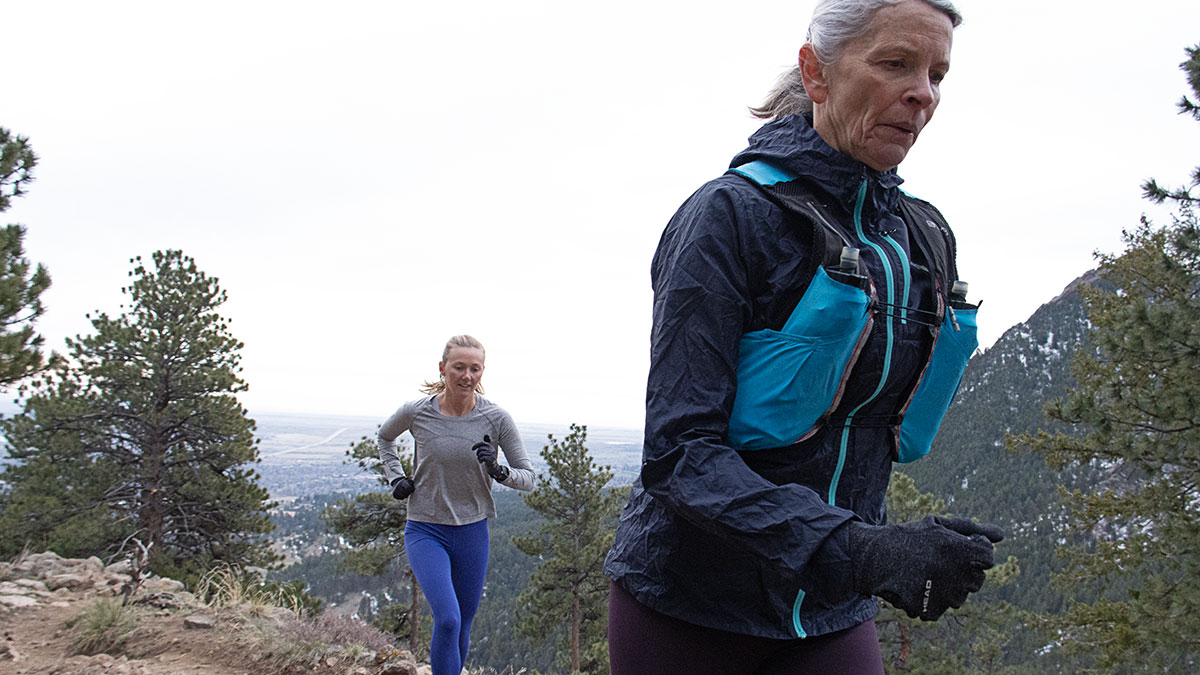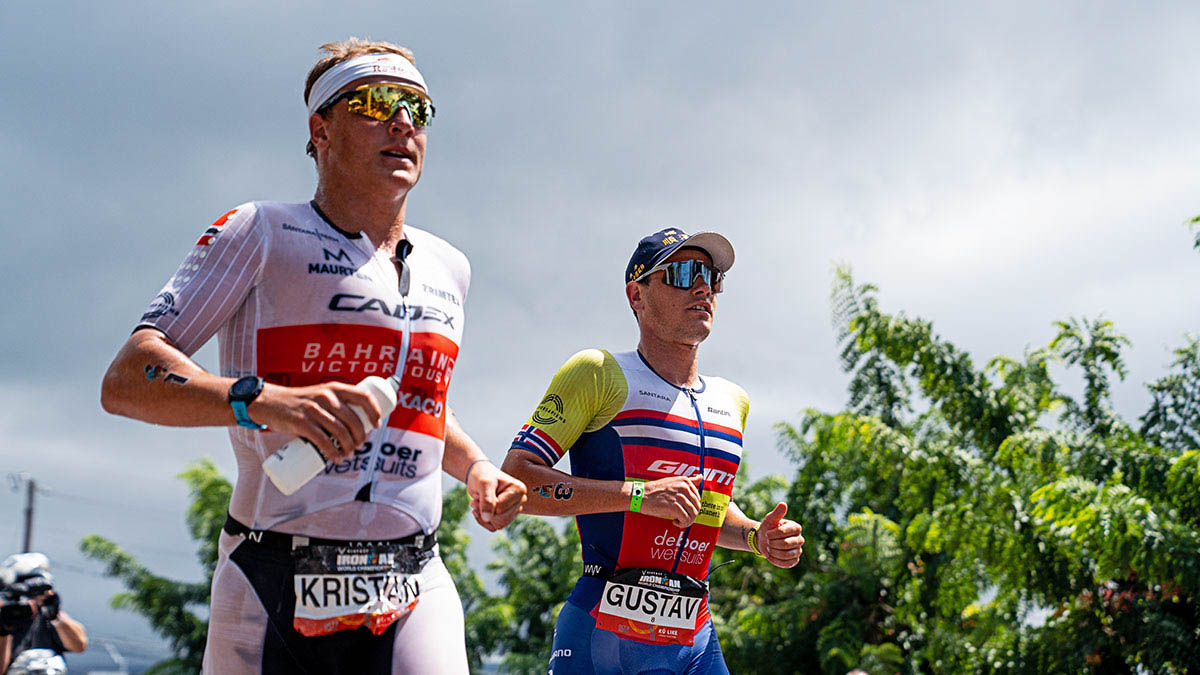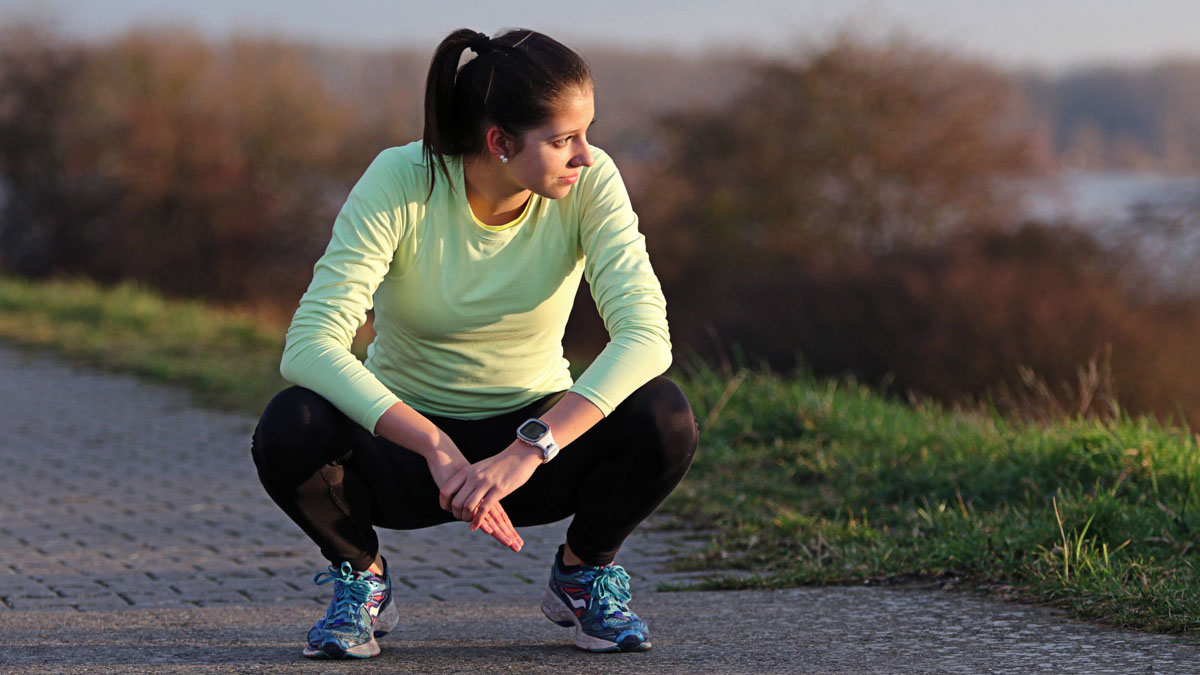Endurance athletes are known for seeking every opportunity within the rules to push their limits and enhance their performance. One strategy that has garnered considerable attention recently is altitude training. This is thanks to the success seen in World Tour Cycling, runners hailing from the Rift Valley in Kenya and a certain set of Norwegian triathletes living and training at the Sierra Nevada or Font Romeu almost year-round.
Training at altitude can trigger a series of physiological adaptations that significantly benefit athletes. Such adaptations include improved oxygen-22-carrying capacity, enhanced aerobic capacity and increased red blood cell production.
Altitude adaptation is a complex process influenced by a combination of genetic, physiological and environmental factors. Individual responses vary widely. The idea of “responders and nonresponders” is often brought up among athletes and their coaches opens up a number of questions. What makes an athlete likely to respond to altitude? What do nonresponders have in common? How can we minimize the probability that an athlete won’t gain the physiological advantages that altitude has to offer? Should my athletes go to altitude, or is a sea-level training camp more fitting?
Here, we dive into the difference between altitude adaptation and acclimation, what research says about responders and nonresponders, the role of genetics, and the steps you and your athletes can take to make the acclimation process easier.
Altitude Adaptation Vs. Acclimatization
To fully understand how athletes respond to altitude, it’s important to explore two linked but distinct physiological processes: adaptation and acclimatization.
Altitude adaptation refers to the long-term physiological changes that occur in people who live at high altitudes or have a genetic predisposition to thrive at high altitudes. Adaptation sometimes takes place over generations and is often related to genetic factors, but it can also result from medium-term exposure to altitude. People who are native to high-altitude regions often have evolved unique genetic traits that enable them to live and perform well in oxygen-deprived environments. These adaptations include increased red blood cell production, improved oxygen utilization, and other changes that enhance oxygen transport and delivery in low-oxygen conditions.
Altitude acclimatization, on the other hand, refers to the short-term adjustments that the body makes when exposed to high altitudes for a limited time. This includes the body’s immediate physiological response to the reduced oxygen availability.
Acclimatization typically occurs over the course of days to weeks and involves reversible changes in the body’s functions. Some common acclimatization responses include an increased breathing rate, higher heart rate, changes in blood flow distribution, and a boost in the production of red blood cells. These changes are the body’s response to optimize oxygen delivery to vital organs and tissues. However, acclimatization is temporary and tends to decline once the individual returns to lower altitudes.
Both adaptation and acclimatization can have positive effects on athletes who return to sea level for competition, but some athletes struggle to acclimate or adapt and see no positive impacts of altitude training. These athletes might be seen as nonresponders to altitude.
What the Research Says
There have been several studies that focused on varying individual responses to altitude. One study investigated the effects of altitude training on haematological parameters in elite swimmers. The findings suggested that some athletes are “responders,” showing significant increases in red blood cell count and other haematological markers, while others are “nonresponders.” This study essentially solidified the ideas that coaches have already observed.
Another study focusing on individual responses to altitude showed that some athletes demonstrated a significant slowing of interval-training velocity at altitude compared to others. These “nonresponders” achieved a smaller O2 consumption during those intervals compared with “responders.” This study showed again the idea of responders versus nonresponders.
The Role of Genetics
It’s clear that there is some individual variation in altitude response, but the question of what drives that individuality is still open to debate. The process of identifying genetic factors of adaptation to high altitude is ongoing, but large-scale genome sequencing means this information is likely to come in the next few years.
It’s possible that clusters of genes can be associated with altitude-induced conditions. That said, there’s less likely to be research into altitude acclimation/adaptation for endurance athletes than there is into altitude sickness/altitude-related conditions, so many of the inferences coaches can draw upon will be based upon the fact that athletes predisposed to altitude sickness are less likely to be responders.
Acclimatization Tips
Athletes who struggle to acclimate are not likely to respond well to altitude training camps. Fortunately, there are a few ways to maximize an athlete’s probability of acclimatizing successfully.
1. Choose a Reasonable Altitude
Try not to be too aggressive when introducing your athlete to altitude. For a first exposure to altitude, 1700-2000m may be all an athlete needs to provoke adaptations. This is something that many famous Norwegian athletes have implemented by training in either Flagstaff or Font Romeu, both of which could be described as “medium” altitude. Going too aggressive, especially over 3000m, is much harder on the body and makes the acclimatization process more difficult.
2. Focus on Fuel and Hydration
Advise your athlete to drink plenty of fluids while training at altitude. Proper hydration supports blood volume and circulation, aiding oxygen delivery to tissues. Because the air tends to be drier at higher altitudes, there is a humidity gradient between a person’s breath and the air is a little steeper than usual, making it easier to become dehydrated. Also, studies show that the body uses more glycogen at altitude, especially before acclimation, as respiratory rate and heart rate increase. Telling your athletes to focus on eating more carbs and drinking more water once they arrive at altitude will minimize the chances of dehydration and under-fueling.
3. Supplement With Iron
Additional iron supplementation is best practice when training at altitude. Dietary iron is essential for the synthesis of haemoglobin, the protein responsible for oxygen transport in red blood cells. Without sufficient iron intake, the body’s ability to produce healthy red blood cells and effectively carry oxygen to tissues is compromised. Studies show that supplementing iron may increase altitude acclimation and adaptation.
Altitude Screening: The Future of Altitude Training and Best Practice
It’s possible that we may have a genetic test in the near future that tells athletes whether or not they’re suited for altitude training or not. For now, though, coaches can start by following the tips mentioned above to mitigate any challenges an athlete might face when training at altitude. This includes choosing a moderate altitude, ensuring adequate iron intake, focusing on hydration and nutrition strategies, and reducing training intensity for the first five to ten days of altitude adaptation.
These steps won’t guarantee a positive response, but they might decrease the chance of an athlete being a nonresponder. Research suggests that some athletes may just be genetically predisposed against altitude adaptation. But this shouldn’t stop you and your athletes from doing altitude training camp. For example, if a competition takes place at altitude, it’s probably a good idea for an athlete to go some weeks in advance to acclimate, whether they appear to be a nonresponder or not.
References
Friedmann, B., et al. (2005, March). Individual variation in the erythropoietic response to altitude training in elite junior swimmers. Retrieved from https://pubmed.ncbi.nlm.nih.gov/15728692/
Garvican-Lewis,L., et al. (2016, February 23). Iron Supplementation and Altitude: Decision Making Using a Regression Tree. Retrieved from https://www.ncbi.nlm.nih.gov/pmc/articles/PMC4763841/
Julien, C., & Moore, L. (2019, February). Human Genetic Adaptation to High Altitude: Evidence from the Andes. Retrieved from https://www.ncbi.nlm.nih.gov/pmc/articles/PMC6410003/
Roberts, A., et al. (1996, October 1). Acclimatization to 4,300-m altitude decreases reliance on fat as a substrate. Retrieved from https://journals.physiology.org/doi/full/10.1152/jappl.1996.81.4.1762
Turgut, E., & Usanmaz, Ö. (2016, December). An Analysis of Altitude Wind and Humidity based on Long-term Radiosonde Data. Retrieved from https://www.researchgate.net/publication/313086856_An_Analysis_of_Altitude_Wind_and_Humidity_based_on_Longterm_Radiosonde_Data#:~:text=It%20should%20be%20noted%20that,average%20of%204%25%20per%20kilometer
Viscor, G., et al. (2023, February). Nutrition and Hydration for High-Altitude Alpinism: A Narrative Review. Retrieved from https://www.mdpi.com/1660-4601/20/4/3186
Zheng, W., et al. (2023, April 13). Large-scale genome sequencing redefines the genetic footprints of high-altitude adaptation in Tibetans. Retrieved from https://genomebiology.biomedcentral.com/articles/10.1186/s13059-023-02912-1








